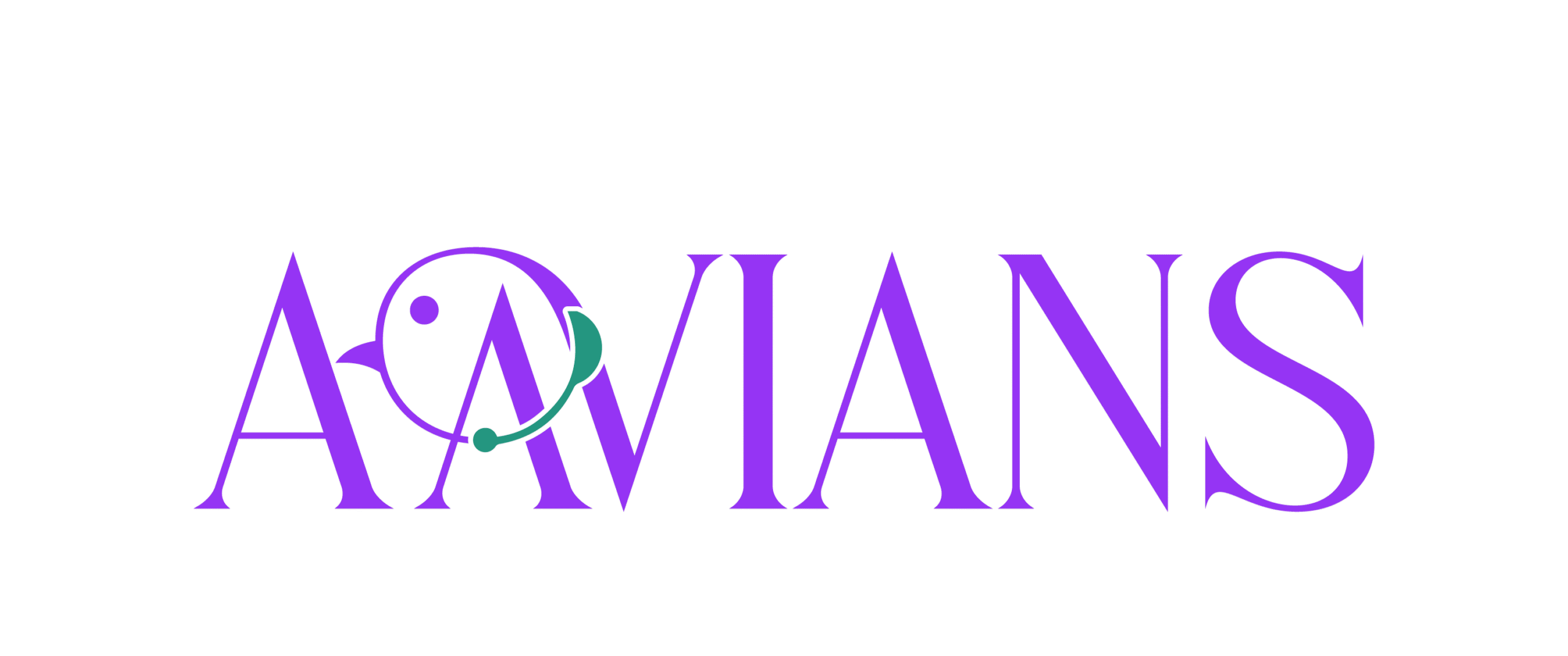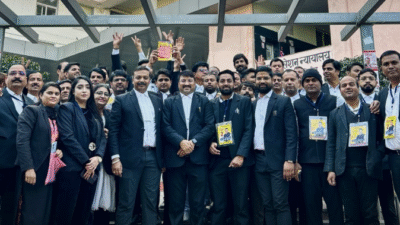The rise of AI tools has transformed content creation. From AI-written scripts to voiceovers and realistic animations, creators worldwide have used AI to enhance productivity and bring ideas to life faster. However, YouTube’s new policy on AI-generated content has left many creators concerned about the future of their channels.
This blog explains what YouTube’s new AI policy is, why it was introduced, how it affects your content strategy, and what actions you should take to comply.
What Is YouTube’s New AI Policy?
Recently, YouTube announced strict guidelines for AI-generated content to prevent the spread of misinformation, deepfakes, and unauthorised impersonations. Key points from the policy include:
- Mandatory disclosure: Creators must clearly state if their content is AI-generated, especially when it depicts real people or events.
- Impersonation restrictions: Using AI to realistically impersonate individuals without their consent is not allowed.
- Content labelling: YouTube will add labels to synthetic or AI-generated content so viewers are aware when videos are not real.
- Content removal or strikes: Violations such as harmful deepfakes or misleading AI videos can lead to removal, demonetisation, or permanent bans.
Why Has YouTube Introduced This Policy?
There are two main reasons for this policy update:
- Preventing misinformation: With AI, it is easy to create fake videos of public figures or events, which can mislead viewers and spread false information rapidly.
- Protecting privacy and copyright: Many AI-generated videos use people’s voices, images, or copyrighted material without permission, creating legal and ethical concerns for the platform.
Is AI Content Completely Banned on YouTube?
No, YouTube is not banning AI content altogether. It is regulating its use to ensure transparency and prevent misuse. You can continue using AI tools for:
- Writing scripts
- Editing videos
- Generating explainer visuals
- Adding AI voiceovers or translations if disclosed properly
However, realistic AI impersonations, fake news videos, or manipulated content that misleads viewers are at risk of removal under the new policy.
How Does This Policy Affect Creators?
If you use AI in your content, here is how the new policy impacts you:
- Disclosure is compulsory: Any realistic AI-generated content must be disclosed to viewers either in the video or description.
- Monetisation risks: Videos that violate these policies will lose monetisation eligibility, and repeat offences may lead to channel termination.
- Shift in content strategy: Creators focusing solely on AI impersonations, fake news clips, or celebrity deepfakes may see their channels banned.
- Audience trust: Transparency about AI usage will strengthen credibility as viewers become more aware of AI-generated content risks.
What Should Creators Do Now?
Here are practical steps to comply with YouTube’s new AI policy:
- Review your existing videos: Remove or edit any AI-generated content that violates impersonation or misinformation guidelines.
- Always disclose AI usage: Whether it is an AI script, voiceover, or synthetic visual, mention it in your video or description to avoid strikes.
- Avoid harmful deepfakes: Do not create AI videos that impersonate real people for pranks or fake statements without clear disclaimers and permission.
- Use AI ethically: Focus on enhancing your originality with AI as a supportive tool rather than relying entirely on it for your videos.
- Stay updated: Regularly check YouTube Creator Studio updates for changes in AI content policies to ensure compliance.
Final Thoughts
YouTube’s latest AI policy is a step towards responsible content creation in the era of artificial intelligence. It ensures that viewers can trust what they watch, while creators continue to use AI tools with transparency and creativity. Instead of seeing this as a limitation, think of it as an opportunity to build a channel that values originality, ethics, and your unique voice.
As AI evolves, creators who adapt responsibly will not only remain compliant but will also gain long-term trust and growth on the platform.





